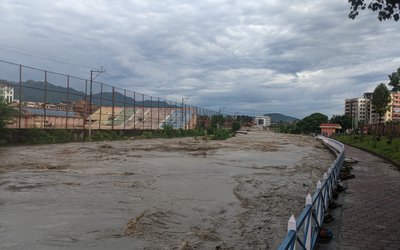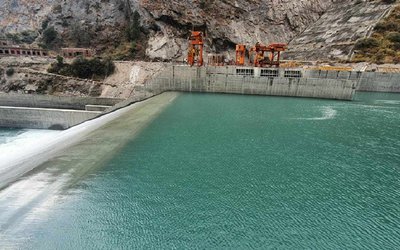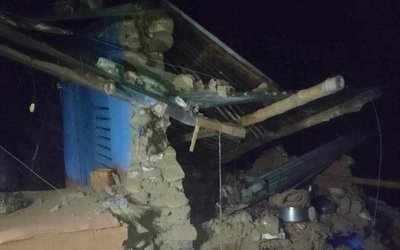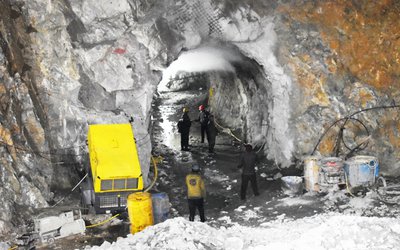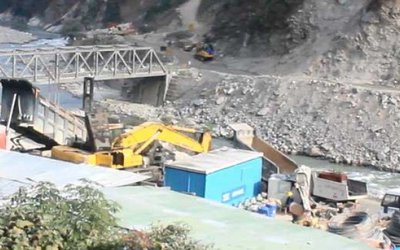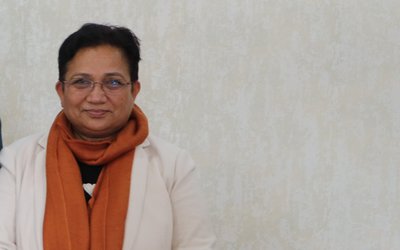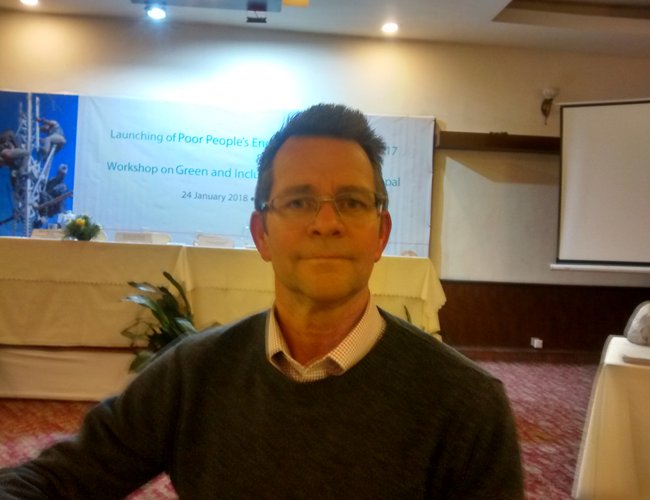
How do you look at the situation when it was first published in 2010 and now?
Well, it is very difficult to articulate whether the things are directly associated with the present with our contribution to the wider system of energy. I guess what most exciting thing happened in 2010 was that the access to energy included into the individual target as a Millennium Development Goal. This was recognition of energy not as energy only, the whole services, education, health services, energy for livelihood. It was one of the exciting and significant events of the decade.
How has energy been contributing to lessening the poverty level given your experience in Africa and other parts of the world?
We see so many assurances for these improved accesses to energy improve the quality of people’s life. For instance, the access to cooking stoves has massive impacts on reducing the incidence of chest diseases, which we know to cause more death than AIDS, TB, and Malaria, all put together. Clean cooking is one of the most critical energy issues we have to embrace.
The access to energy also allows people to be able to process and to store the food to improve the health and nutrition. Energy in the school means, the children can do their homework in evening and they can have access on ICT to engage with the wider world. In so many ways, access to energy can improve the people’s lives.
Why has Practical Action been focusing on the energy sector?
Practical Action is a technology organization and energy is one of the sectors we have been working for a long time. We also work on disaster risk reduction, developing early warning system so people are able to respond when a crisis happens. We work on sustainable agriculture and water and sanitation as well. Energy is not the only sector we work on. Over the recent years, increasing interest and new technological advances have given up opportunities to move from something around important and now more and more people are interested in. That is why it is getting a greater profile.
Given your experiences of attending the programs and listening to the people, how do you see Nepal’s energy scenario?
We have been working in Nepal for decades now. I feel very proud being associated with an organization which introduced micro-hydro in Nepal. It is interesting to hear the director of Alternative Energy Promotion Center speaking earlier about hundreds of micro hydro installed now not by Practical Action, by others, with support from private sector and community and government. So that sense of Nepal’s being on an amazing journey is exciting. On work today you can see a new model of financing mechanism takes off. It has been an amazing journey.
What is the focus of this year’s PPEO?
Our focus this year is on energy financing, looking at the ways in which a range of financing mechanisms, which brought the challenges for sustainable access of energy for all. A key message is that the existing mechanism doesn’t work. Too much of the money the World Bank pours in, for example, focuses on the large-scale infrastructure, which does not really meet the needs of decentralized small-scale energy systems, which everybody recognizes and it is critical and currently under-resolved part of the energy environment.
How did you find the work of Practical Action in Nepal during your recent visit?
I have been regularly visiting Practical Action Nepal for the last seven years. I have seen all their work strengthened. Critically, we are looking to identify and find the places where we do something unique and something new to bring. I have three things in mind one is early warning system where people know in advance where there is a flood that has perhaps threatened life and livelihood and washed away important assets they have. Working with the Department of Hydrology and Meteorology to ensure the people have plenty of access to a warning and they should know what they need to do with the crisis. Secondly, linking farmers into the technical knowledge and linking them to the market again to mix technologies and knowledge. The last area is helping people to get access to renewable energy looking particularly at those who are less well served because they are living in remote areas where decentralized rural energy can help. We are also looking for the people who live in grid-connected communities but don’t have the right way to make the best use of energy access they do have. These three areas are strongest though we have ranges of other areas to continue to work on.
- MELAMCHI WATER SUPPLY: No Interruption During Monsoon
- Jun 25, 2025
- KOREAN RETURNEES: Successful Integration
- Jun 25, 2025
- UPPER TRISHULI-1: Engaging With Local
- Jun 25, 2025
- IME GROUP: Twenty Five Years Of Journey
- Jun 24, 2025
- NEPAL’S AIR POLLUTION: A Growing Health Concern
- Jun 24, 2025
